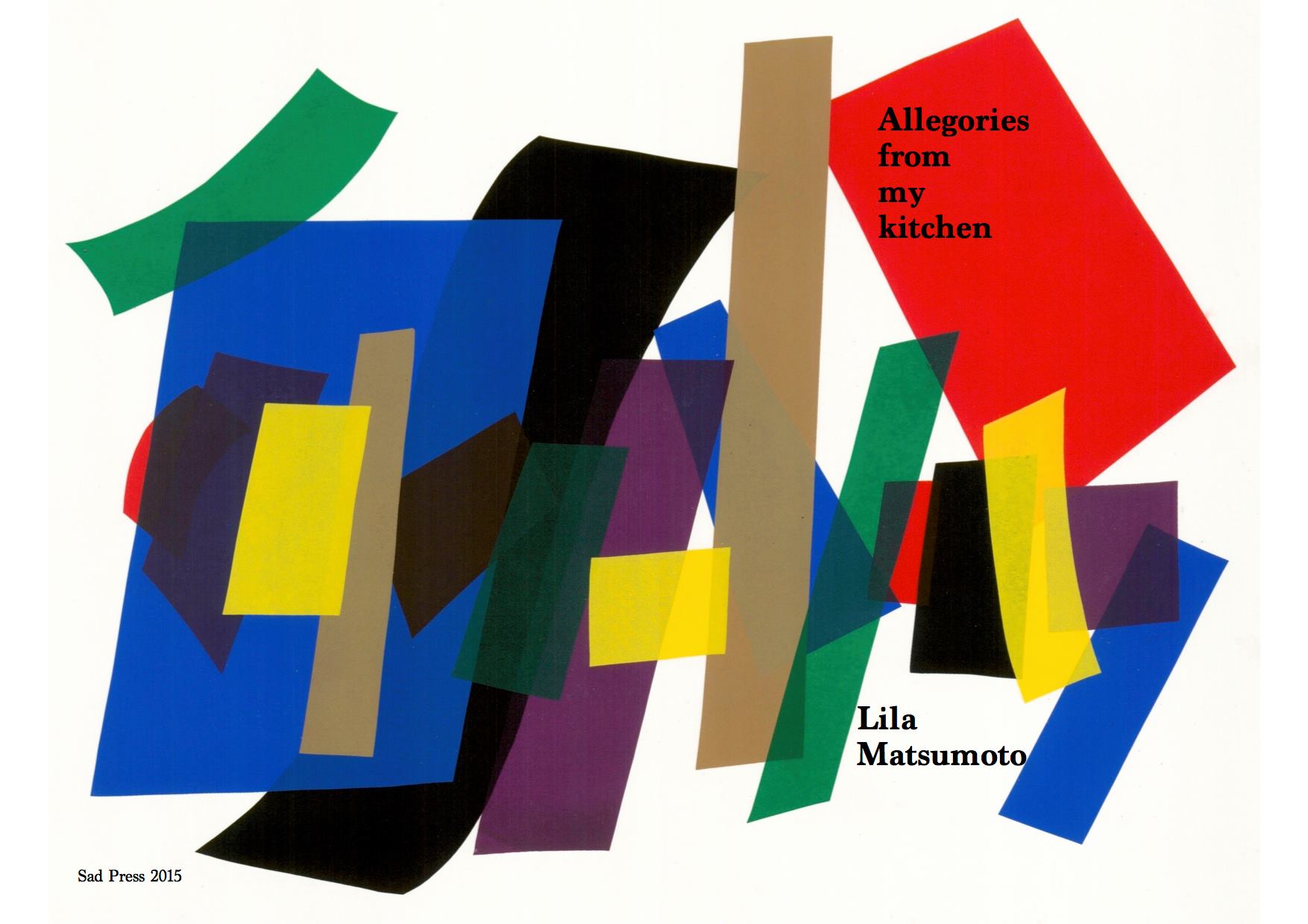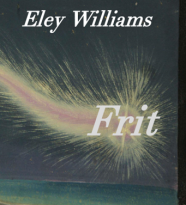Allegories from my Kitchen by Lila Matsumoto
– Reviewed by Colin Herd –
Like still life sketches (or maybe sketches made using a spirograph, which circle round and continually reverberate outwards), the poems in Lila Matsumoto’s debut chapbook Allegories from my Kitchen take familiar objects as their impetus. In ‘Peaches’, for example, Matsumoto sketches “six peaches in a box, cradled by fleshy foam sleeves”. A seemingly simple sentence, the suppleness and subtlety of Matsumoto’s language is evident in the transference of “fleshy” from the peaches to the sleeves; in these still life miniatures, reality is constantly shifting and refocusing, and her language not so much nature morte as very much ali(v)e:
The key is not at home in the lock. It is imprisoned in it. And as the key is made for the lock, the foam had been made for the peach, and now peachless, they lie there numb and insignificant.
Given that the literary device of allegory is written into the way these texts are read through the title, there’s constantly a temptation to read them for double meanings and to tease out something like “what’s really going on”. So in this lock and key allegory above, I found myself in tangles trying to figure out if this was talking about an ended relationship, a given-up-on-idea or something else lock-and-key-like.
However, just when you think you find the key to this particular lock, you find that you’re cosseted back in the foam padding, and are warned off reading too much into the allegory by the phrase “numb and insignificant”. If looking for double meanings, so ambiguous and abundant are these prose snapshots that you’d have to get a calculator out and learn how to use the “to the power of” function.
Absurdity of expression and surprise characterise many of the poems, Matsumoto maintaining an extraordinary deadpan tone even while delivering some really bizarre linguistic turns:
Morning
The morning is sticky yellow and gray. I reach into my boxy and what do I
find there – soxy. The frequent cat sits outside the window and peers in and
in.”
The rhyme of “boxy” and “soxy” is utterly disarming and charming but also puzzling: can “soxy” really just mean “socks”, a playful idio-colloquialism? At one reading of this poem, I became convinced that “soxy” was actually the name of the cat and started reading the curling of the superfluous y as a cat’s tail. This sort of hyper-attention to reading practice is symptomatic of the detail with which Matsumoto imbues her surfaces. The addition of “y” on both these words is characteristic of the sorts of adroitness with which Matsumoto pinpoints the ways we negotiate our surroundings and environments. Daily lives are negotiated through a process of rhyming, of comparison, of making things manageable. A particularly poignant reading of these two lines is that using the diminutive “y” is a process of reducing the act of getting out of bed and getting dressed so that it seems less daunting or difficult. The constant penetrating observation of the “frequent cat” is at once beautifully observed (cats really do frequent their environments, returning again and again to the same haunts) and unsettling.
One point of reference for these prose poems is Gertrude Stein; another would be the prose poems of the Spanish poet Luis Cernada. Like both of those writers, Matsumoto is able to combine lightness of expression with complexity. Indeed it is exactly the dailyness of Matsumoto’s subjects that animate and make strange her poetry. Charles Bernstein has written of Stein that “the ordinary is always elusive – “near is and difficult to grasp” – even as it is the most present actuality. And my sense, when talking about the ordinary, is always how extraordinary it is”. In these poems, by focusing on the ordinary, Matsumoto reveals, through her language experiments and lyric play, a quite astonishing emotional breadth.





